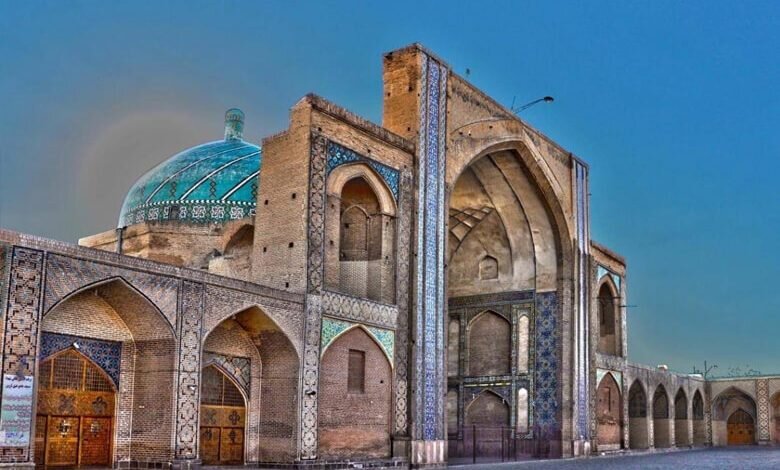Qazvin sets sight on attracting global visitors with new tourism strategy

TEHRAN – A marketing initiative aimed at drawing international visitors to Qazvin province is in progress for the very first time.
Qazvin’s director-general of Cultural Heritage, Tourism and Handicrafts announced a new initiative with an eye toward boosting inbound tourism through a focused marketing and advertising strategy.
Detailing the strategy, Alireza Khazaeli mentioned that exploiting capacities within the province is considered as the focal point of the initiative.
Regarding the forecasted timeline, the official outlined that arranging the plan is expected to come to an end up until the first half of a Persian calendar year.
“This marks the first time such a comprehensive approach is being implemented in the province,” Khazaeli noted.
The official further detailed the initiative, highlighting that the plan involves identifying target markets and designing promotional activities, featuring participation in international exhibitions and the creation of various advertising materials.
These efforts are part of a broader strategy to showcase Qazvin's rich tourism potential to an international audience, according to the director-general.
“Recognizing and targeting key markets has been an ongoing priority,” Khazaeli said. “This new plan is designed to enhance our visibility and appeal to foreign tourists.”
Qazvin has seen a growing interest from international tourists, as evidenced during the recent Nowruz holidays when the region welcomed hundreds of visitors from European countries, China, Russia, the Persian Gulf region and East Asia, Khazaeli added.
The province boasts 1,516 nationally registered natural and historical sites, positioning it as an attractive destination for cultural and historical tourism.
Home to 845 inhabited villages, the Qazvin region was once the capital of the mighty Persian Empire, under Safavids, from 1548 to 98. Moreover, the province is a major tourist destination with a wonderfully restored caravanserai-turned-arts precinct, some quirky museums, and a handful of decent eating options. For most travelers, Qazvin is also primarily the staging point for excursions to the famous castle of the Assassins and trekking in the sensational Alamut Valley.
Also known as the castle of the Assassins, the 12th-century Alamut castle is nestled on top of a peak. It was once a shelter for the followers of Hasan-e Sabbah (1070–1124) who was a spiritual leader of an Islamic sect. In the early 1930s, British-Italian explorer and travel writer Freya Stark described her exploration of the place in her book “The Valleys of the Assassins.”
Qazvin is also home to one of the biggest roofed caravanserais in the country, Sa’d-al Saltaneh caravanserai. Dating back to the Qajar era, it’s a place for discovering tens of Hojreh shops, cafes, yards, and a stunning mosque. It’s a place for visitors who want to experience the culture, cuisine, and hospitality of Iran.
As claimed by provincial officials, with this new marketing strategy, Qazvin aims to significantly increase its share of international tourists, enhancing its global reputation as a must-visit location in Iran.
